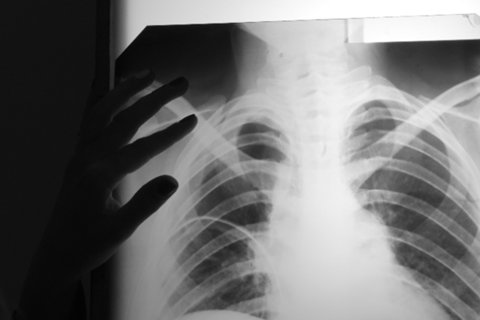A multidisciplinary group of tuberculosis experts from the TBnet and RESIST-TB networks have reached a consensus on key issues related to the molecular prediction of Mycobacterium tuberculosis antibiotic sensitivity or resistance and its clinical implications.

The consensus document provides guidance for the design of therapeutic regimens and the optimization of treatments, and is intended to help clinicians manage tuberculosis patients.
The paper, published in The Lancet Infectious Diseases and led by Dr José Domínguez from the Germans Trias i Pujol Research Institute (IGTP), is an update of a similar statement made in 2016. The publication presents a review of the current tools to rapidly identify resistance to drugs used in the treatment of tuberculosis.
Global threat
Tuberculosis (TB) remains a global public health threat. Despite the existence of antimicrobial regimens against the disease, the treatment is still difficult to design, administer and monitor. The latest World Health Organisation (WHO) report reveals that 1.6 million people worldwide died from the disease in 2021.
In the countries of the European Economic Area, TB also causes significant human and economic losses, with an incidence of 9.5 per 100,000 people. Most worrying, however, is the growing resistance to the agents used to cure it. An estimated 450,000 people develop resistance to rifampicin each year. To control TB and minimise the emergence of resistance, the researchers of this study consider it essential, among other factors, to optimise the composition of the therapeutic regimen.
Although culture-based detection methods are considered the gold standard for antibiotic sensitivity testing, molecular methods provide rapid information on M. tuberculosis mutations associated with antibiotic resistance. The authors believe it is necessary to implement these molecular tests to predict potential resistance. The identification of mutations in clinical isolates has major implications for the treatment of patients with multidrug-resistant TB, especially when it is not available.
Wide input
The consensus document promoted by the TBnet and RESIST-TB networks has been led by IGTP researchers, with the participation of clinicians, microbiologists, molecular biologists and clinical epidemiologists.
The document provides key questions of clinical implication on the molecular prediction of susceptibility or drug resistance to M. tuberculosis. Dr José Domínguez, member of the TBnet Steering Committee and co-leader of the IGTP research group on Innovation in Respiratory Infections and Tuberculosis Diagnosis, states that “the rapid detection of mutations that confer resistance to anti-tuberculosis drugs is key to apply the appropriate treatment and improve the optimisation of results”.
International members of the two consortia led by the Catalan group, INNOVA4TB and ADVANCE-TB, have also collaborated in the development of the document. “In my opinion, the strength of this document is that it has been elaborated with the contributions of several researchers from different countries and with different expertise”, says Dr Domínguez, adding that “this document will help clinicians to better manage their TB patients”.







No comments yet